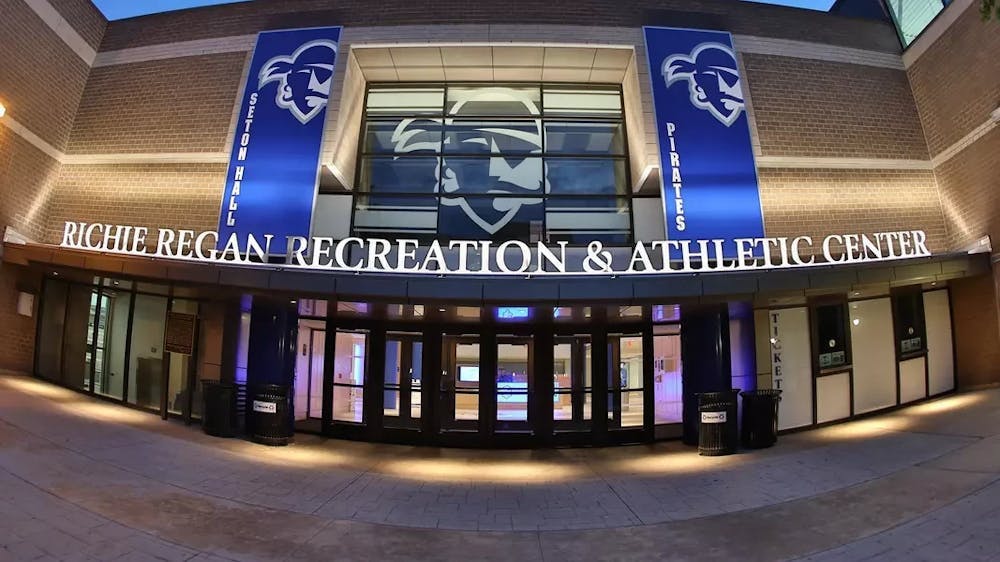In the span of just a few years, the landscape of college sports has shifted dramatically, and Seton Hall is aiming to be among the programs that don’t just adapt, but succeed.
Between the House v. NCAA settlement, expanded NIL resources, and major facility upgrades, the Pirates are hoping that the 2025-26 season will look very different from the struggle that was 2024-25 (7–25 overall, 2–18 in BIG EAST).
The New Legal & Financial Framework for NIL
In June 2025, a federal judge granted final approval to the House v. NCAA settlement, which requires Division I schools to begin allowing direct revenue sharing to student-athletes, essentially turning NIL into something closer to an internal pay system. Under the settlement, schools may pay student-athletes, in addition to scholarships and third-party NIL deals, up to a cap, estimated to begin at approximately $20.5 million per school in 2025–26.
For SHU, that means a potential significant infusion of resources for the men’s and women’s basketball programs. The university has already committed donor funds to revenue sharing. For example, in April, Pirate Blue supporters raised nearly $500,000 toward new revenue-sharing funds assigned for the basketball program. The athletics department has also stated that it will utilize the new flexibility from the settlement to make roster changes and scholarship offers more strategically.
Additionally, SHU has recently expanded its partnership with Opendorse, a leading NIL technology and service company. This will give student-athletes better tools for building their personal brands, handling deals, learning about NIL, and staying within the rules. These steps demonstrate that SHU is not only following the new guidelines but also investing resources in helping athletes maximize their NIL opportunities.
It’s worth noting that the new system has been active since early Sept. 2025. Since then, more than 8,300 NIL deals worth nearly $80 million have been cleared by the new College Sports Commission via its NIL Go platform, covering deals of $600 or more.
Roster Overhaul: New Faces, New Hope
One of the clearest ways SHU is signaling its ambition is through an aggressive roster rebuild. After losing its top scorer, Isaiah Coleman (15.6 PPG), to the transfer portal, a blow in the aftermath of the 2024–2025 collapse, the Pirates have leaned into the portal and are recruiting to reset.
Here are several of the newcomers expected to play key roles in 2025–26: Adam “Budd” Clark, Jacob Dar, Tajuan “TJ” Simpkins, Stephon Payne III, Joshua Rivera, and Trey Parker.
The 2025–2026 roster features over 10 new players and has been hyped as having elite guard play, with one of the deepest rotations in the BIG EAST. While that jumpstart is promising, the new challenge in college sports, due to constant roster changes, is to build chemistry quickly.
The New Basketball Performance Center
But roster upgrades are only part of the story. The infrastructure investment is equally as bold.
In March 2025, SHU officially opened its new Basketball Performance Center, a three-story, roughly $55 million addition to the Richie Regan Recreation and Athletic Center.
According to SHU’s athletic leadership, finishing the performance center was a milestone in a ten-year master plan to modernize athletics and recreational facilities across campus. This is another example of NIL changing the game. The more money that comes in, the more upgrades possible on and off the court.
Expectations & Risk: Betting Big on Next Season
With all of this investment, the expectation from fans, donors, and university leadership is high, and hopefully it will pay off.
But the upside is real. If SHU can leverage its new NIL set-up and the performance center to recruit, retain, and develop talent more effectively, the margin between them and traditional BIG EAST power programs may shrink.
Jaden Highsmith is the assistant editor of The Setonian’s Sports section. He can be reached at jaden.highsmith@student.shu.edu.





